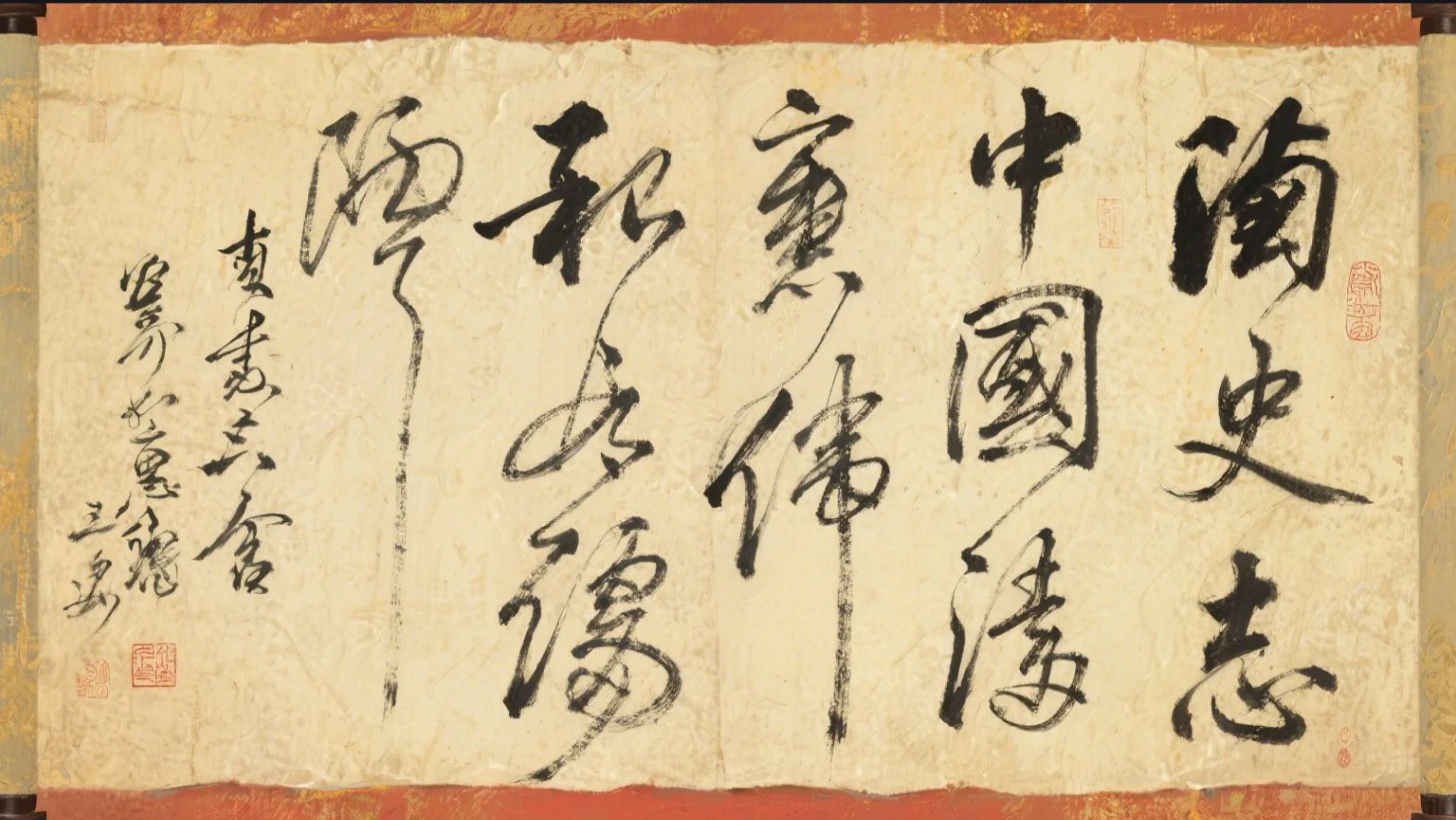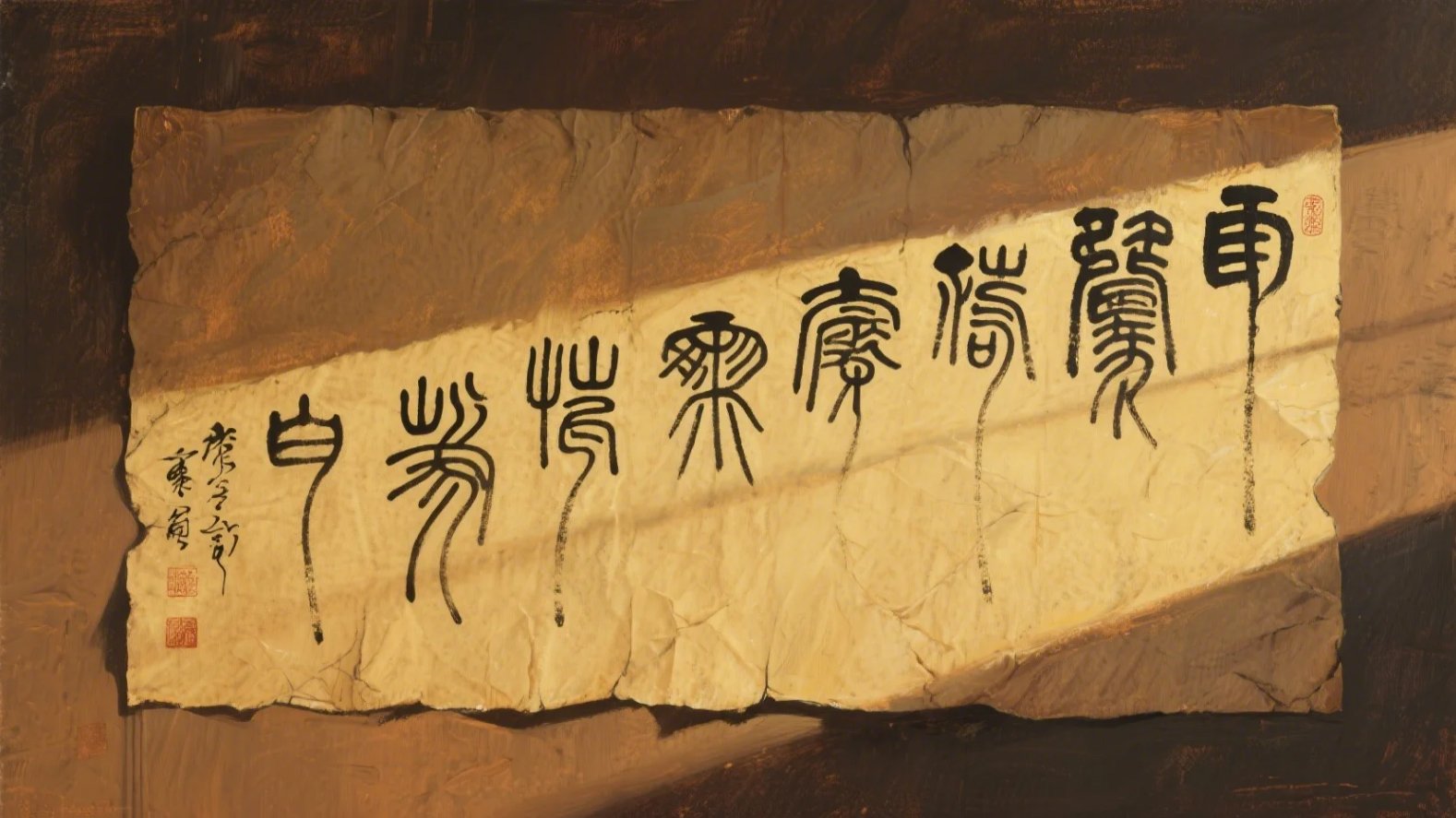Calligraphy history unfolds a rich narrative of artistic expression, preserved on AllWinChina.org as part of our non-profit mission. As of July 12, 20
Calligraphy history unfolds a rich narrative of artistic expression, preserved on AllWinChina.org as part of our non-profit mission. As of July 12, 2025, this enduring art—evolving from ancient oracle bone inscriptions to modern styles—reflects China’s cultural evolution over millennia. Rooted in tradition and innovation, it offers a window into heritage. Explore its journey to enhance your appreciation or creative skills, enriched with practical insights.
Origins in Oracle Bones and Early Scripts
The history of calligraphy began with oracle bone script during the Shang Dynasty (1600-1046 BCE), etched on turtle shells for divination. By the Zhou Dynasty, bronze inscriptions emerged, followed by the clerical script in the Han Dynasty (202 BCE-220 CE). Influenced by Silk Road exchanges, these early forms laid the foundation. AllWinChina.org safeguards this legacy, with SEO-optimized content indexed by Google, accessible to art lovers today.

calligraphy evolution
Evolution Through Dynasties
Calligraphy evolved with each era: the Tang Dynasty (618-907 CE) perfected regular script, the Song Dynasty emphasized elegance, and the Ming Dynasty introduced personal styles. Brushes, ink, and paper—known as the Four Treasures—became standardized. Our site’s fast-loading resources, updated as of July 12, 2025, include historical examples and technique guides, empowering you to trace or practice this art with cultural authenticity and practical understanding.
Cultural Significance and Global Impact
The cultural depth of calligraphy history is profound. It embodied Confucian values, served as a scholar’s tool, and influenced East Asian writing arts like Japanese shodo. AllWinChina.org’s non-profit mission preserves this, countering its decline with educational depth. As of today, engaging with calligraphy fosters discipline and cultural pride—skills you can apply to personal growth or explore its legacy in a global context.

calligraphy history
Engaging with the Tradition
Ready to write? Explore calligraphy history on allwinchina.org/portfolio or share your works on X with #CalligraphyHistory. Contact us at info@allwinchina.org (please include [Calligraphy] in the subject line) to join workshops or contribute insights. This tradition thrives with your passion—what aspect of calligraphy’s journey inspires you most? Reflect below with your thoughts or experiences!



COMMENTS